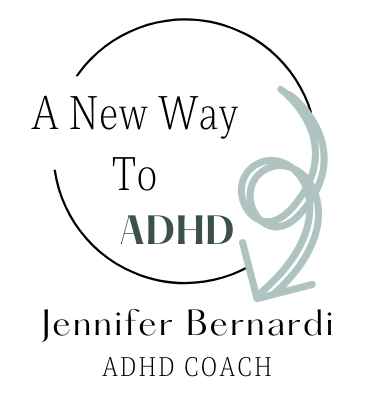The Dopamine Dilemma
Dopamine is a feel-good chemical in our brain that is responsible for pleasure, but did you know that it is also responsible for focus, motivation, mood, memory and learning? Unfortunately, kids with ADHD have low levels of dopamine and seek it out in undesirable ways. So, how can you improve the dopamine dilemma for kids with ADHD?
How Your Child Might Be Getting Dopamine
People learn to get their hits of dopamine in a variety of ways. The underdeveloped prefrontal cortex of the ADHD brain (the rational thinking part) causes people with ADHD to seek out dopamine in more impulsive ways. Some of the less desirable ways your child might be getting dopamine include:
Tasty food floods our brains with feel-good chemicals! In fact, junk food lights up the brain so much with dopamine that it seeks it out even more!
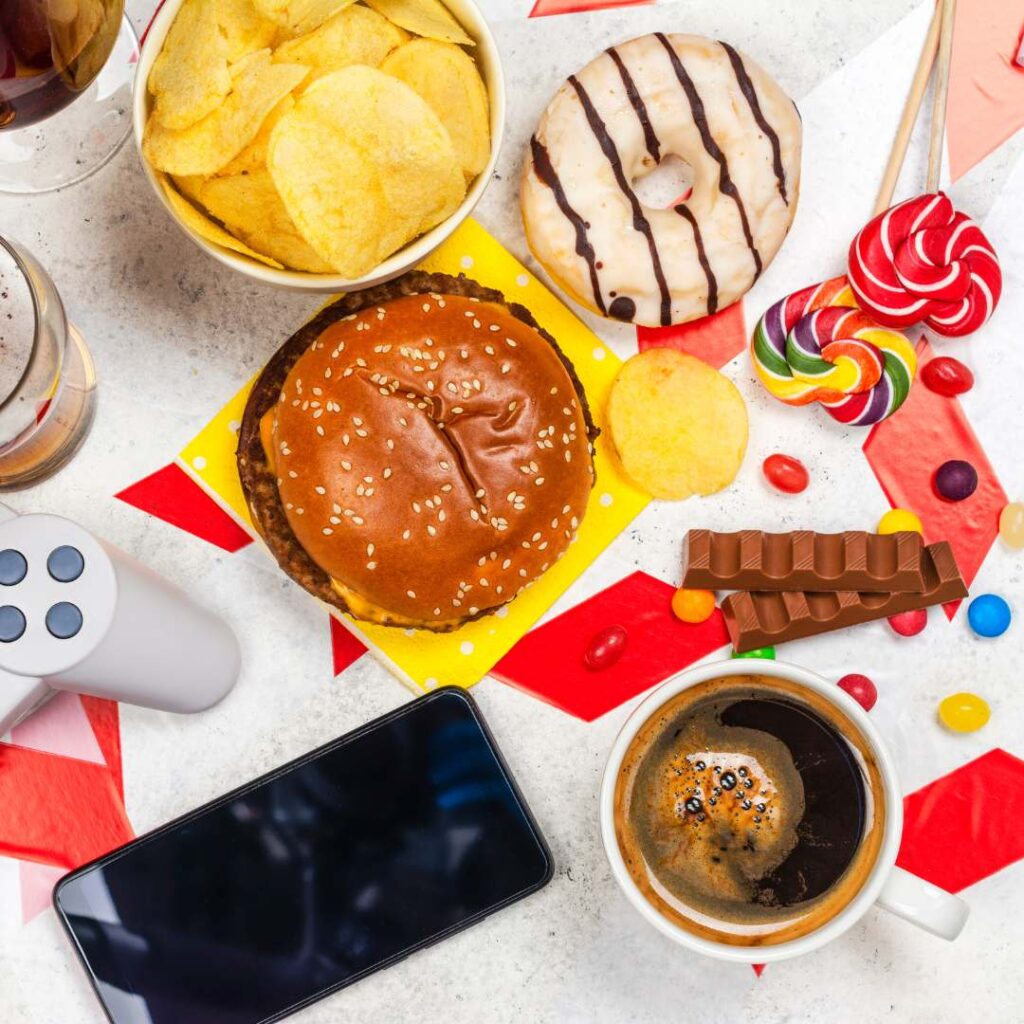
Video Games
Video games provide feelings of reward and accomplishment, some things that kiddos with ADHD do not often feel in their daily life. The satisfaction of leveling up and frequent wins bring doses of dopamine which can lead to increased use and even addiction. To be clear, video games do not cause ADHD, but the instant gratification felt while playing video games can exacerbate symptoms.

Risky Behavior

If you have ever enjoyed the thrill of a roller coaster, you have experienced the dopamine rush you get from risky behavior. People with ADHD are more prone to seek out risky behavior to get that rush of dopamine. Physically dangerous playground stunts, fast driving, violent or fast-paced games and movies and increased sexual activity are some of the high-stimulation activities kids with ADHD engage in to increase dopamine.
Pushing Your Buttons
Believe it or not, engaging in an argument with you is another way for your child with ADHD to get more of the brain chemicals they are lacking. When our kids are feeling understimulated, they push our buttons to release those much-needed neurotransmitters. The win gives them a hit of dopamine and releases norepinephrine which is just what they need to relieve them of their boredom or tackle that task that they can’t motivate themselves to do.
Social Media
Your teen’s endless hours of scrolling through social media have a lot to do with dopamine. Tictoc, Instagram, and other social media apps are designed to give quick dopamine hits. Short entertaining videos, the thrill of a new “like” on a post, and the endless stream of videos geared toward your specific interests light up the reward center of their brain which makes it hard to put that phone down.

How To Improve the Dopamine Dilemma for Kids with ADHD
Consume More Foods that are High in Protein and Tyrosine
Dopamine is made from the amino acid tyrosine. According to Harvard Health, adding more foods with tyrosine can improve memory and mental performance. Foods that are high in tyrosine include:
- soy
- chicken and poultry
- avocados
- dairy
- bananas
- pumpkin & sesame seeds
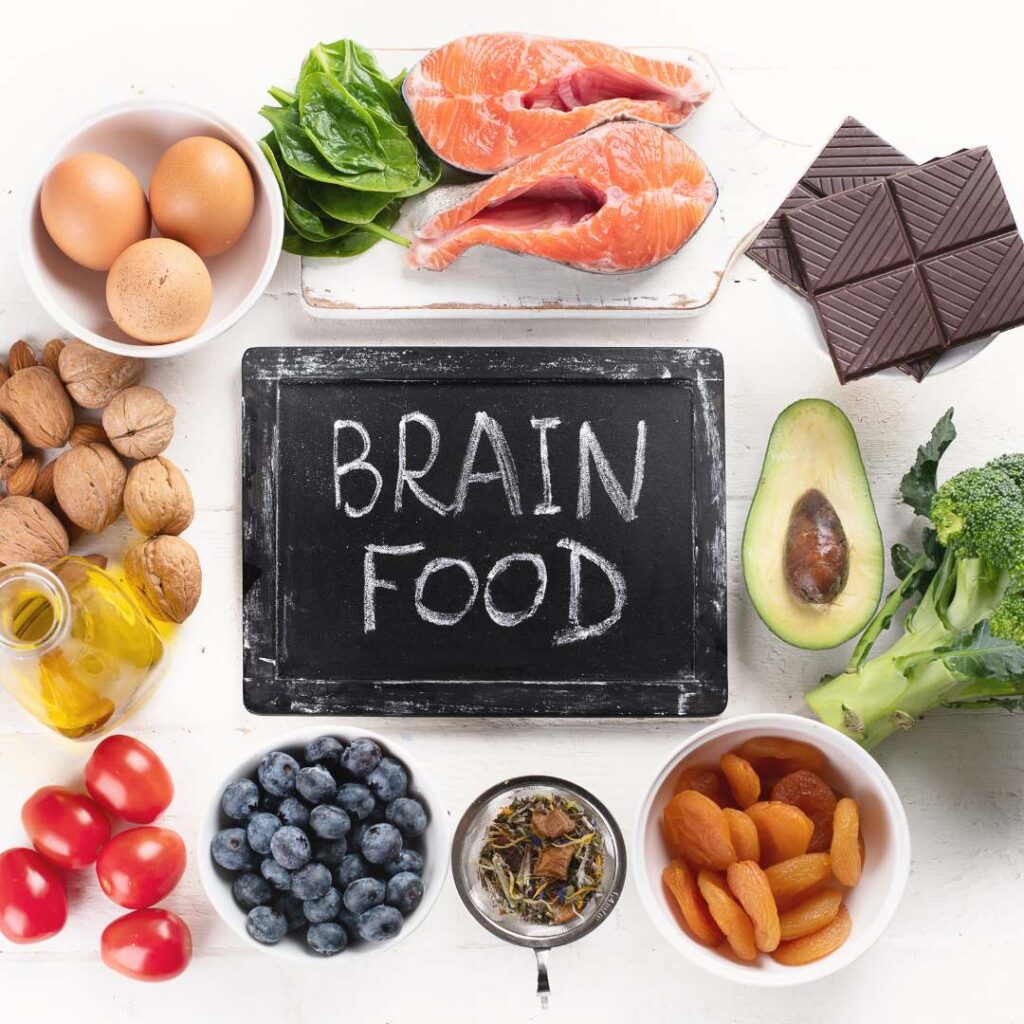
Be Mindful
Introducing a mindfulness, gratitude or meditation practice can bring on the feel-good chemicals in your brain.
Here are a few of mindfulness resources for kids:

Increase Physical Activity
Help your child engage in daily exercise. A daily family walk, YouTube workout videos, or a bike ride with friends are great ways to get their bodies moving to release dopamine.
For kids who seek adventure, try signing them up for extreme sports or get a pass to the Ninja Gym.
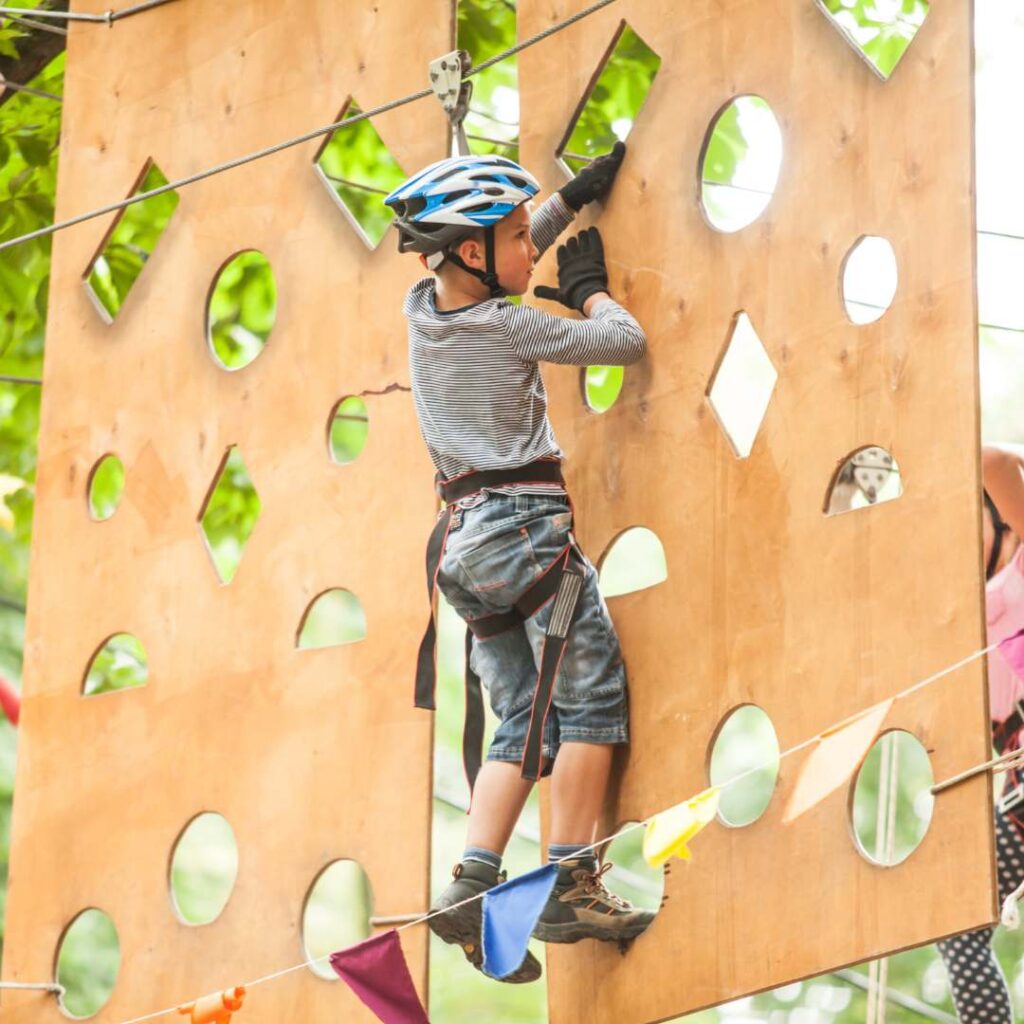
Provide Little Wins
Being successful in accomplishing small tasks can feel really rewarding. The ADHD brain struggles to break tasks down, so the more we can chunk things down into manageable parts for our kids, the more successful they will feel!
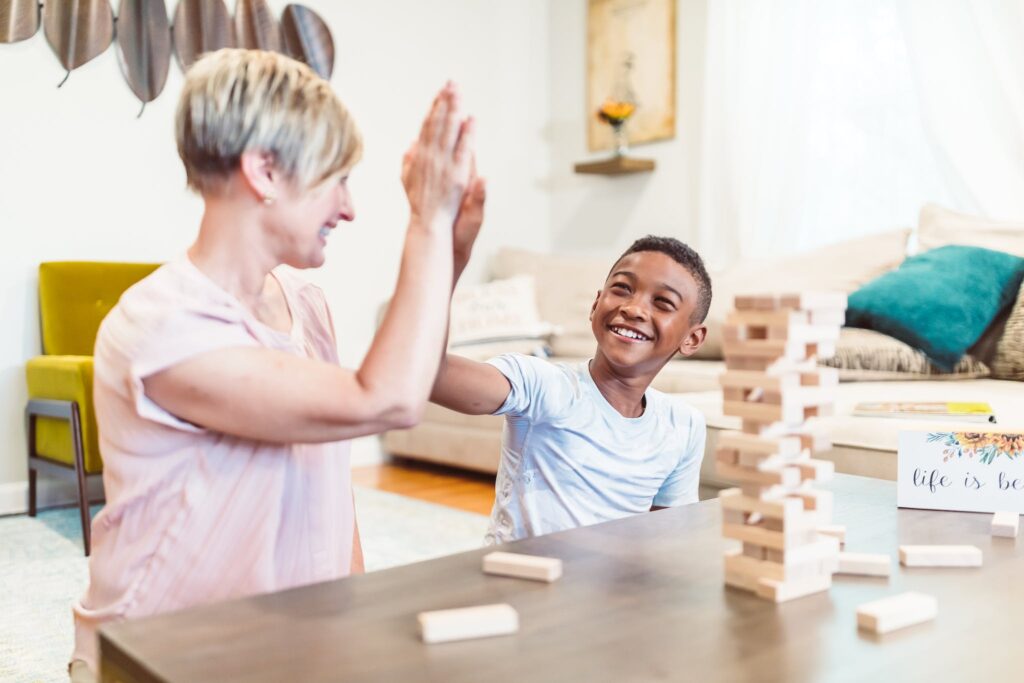
Focus on Hobbies, Interests and Passions
Help your child discover what they love. Engaging in activities that they find interesting and passionate about is a positive way to increase dopamine and can help decrease mindless and addictive things like video games and social media.
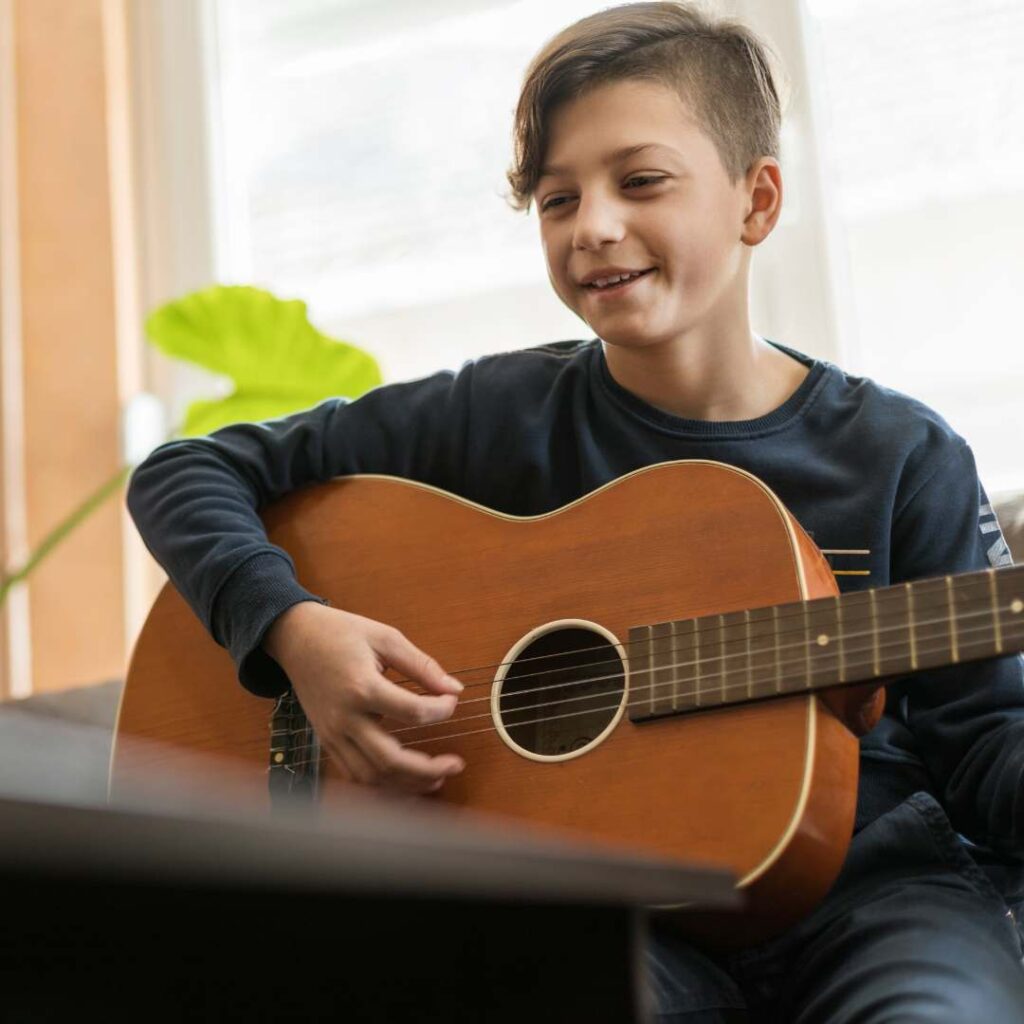
Improve Sleep
If you and your family are not practicing good sleep hygiene, it could be impacting your child’s level of dopamine. Quality sleep correlates to proper dopamine production. Start your child’s bedtime routine at least one hour before you expect them to drift off to sleep. This means shutting off electronics, turning down the lights and engaging in quiet activities like reading or listening to relaxing music.

Looking for more?
Check out this blog post to learn the five changes you can make right now to help with the overwhelm of parenting a child with ADHD.
Ready for change and don’t know where to start? Click here to learn more about my ADHD Parent Coaching Program so you can begin to overcome the overwhelm of parenting a child with ADHD.
